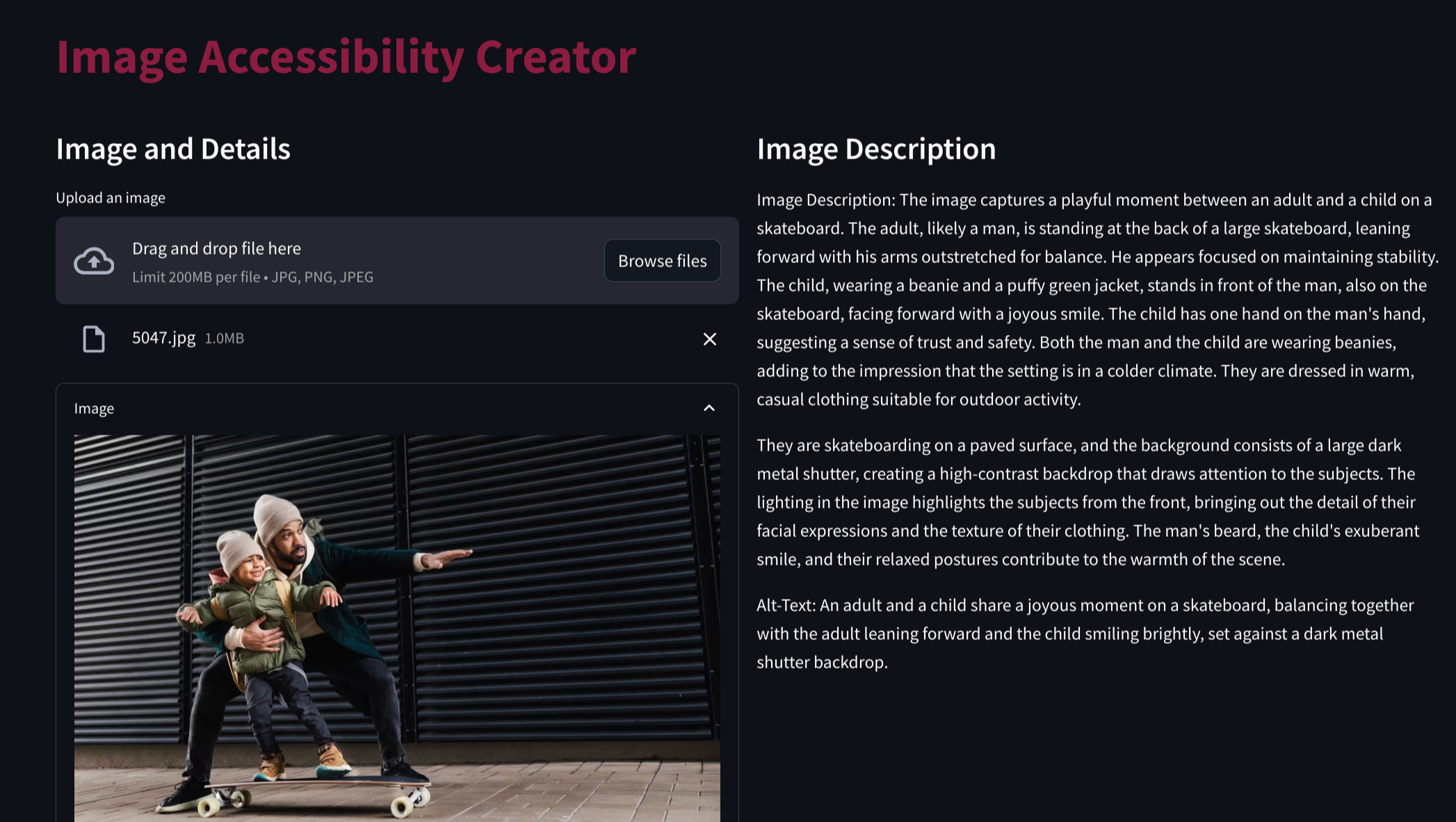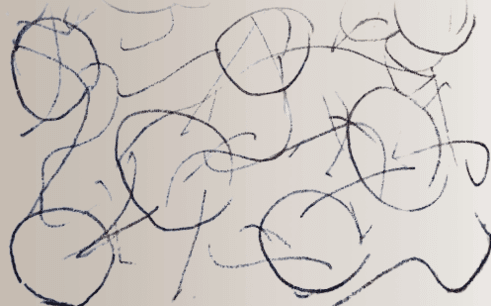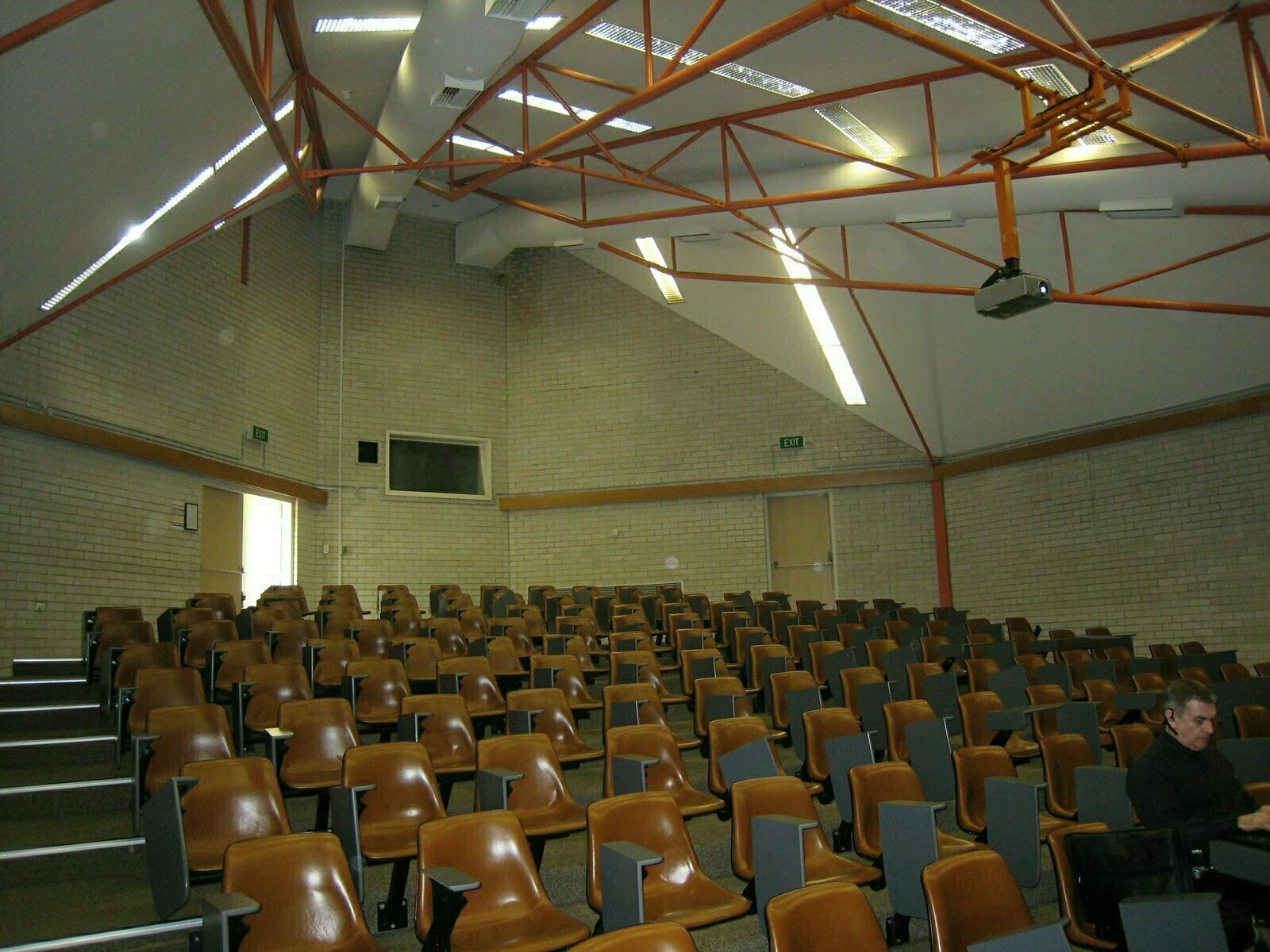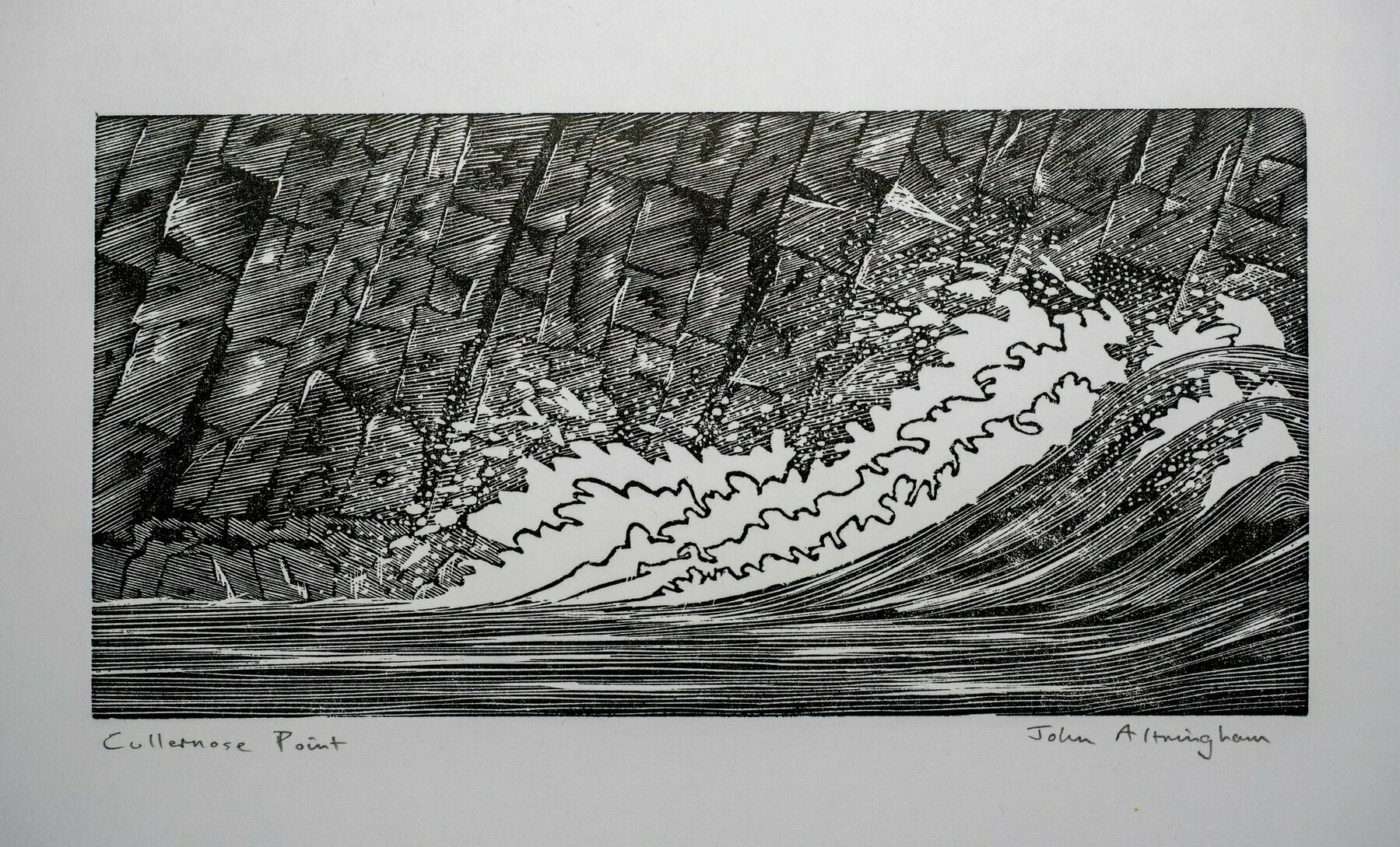New posts from thoughtshrapnel.com
Thought Shrapnel
It turns out the apple can fall pretty far from the tree

How much influence do parents have on their children? Less than we’d assume, it appears.
I have to say, much to my shame, that it’s taken me a long time to realise how different my own kids are to me. This shouldn’t be a surprise, as I’m quite different from my own parents. Although, of course, there are some pretty huge overlaps in our interests, but that’s to be expected, given how much time we’ve spent together.
[P]sychologists have known for ages that parents and children don’t particularly share the “big five” personality traits (extroversion, agreeableness, openness, conscientiousness and neuroticism). It is getting attention now because of a study that tried to change the way this question of family similarity is explored. Rather than participants only self-reporting their personality traits, they also chose a third party who knew them well to assess them.
This novel approach suggested more similarity between parents and offspring – approximately 40% rather than the 25% of previous studies. But that is still very low. The study concluded that it was “impossible to accurately predict a child’s personality traits from those of their mother or father” and that most relatives are not “much more similar than strangers”.
Huh. So it’s just our pattern-seeking brains that make us think little Timmy is “cheeky like his dad”; you might as well say he is “cheeky like that gull”. As a parent, this felt like a weight lifted: if my kids are like me (God help them), it’s not my fault – just dumb luck. The same study’s findings on the impact of home environment felt good, too: “Growing up together does not make people more similar.”
[…]
But parents aren’t entirely off the hook. Last year, a study of 9,400 11- to 17-year-olds declared: “Parent personalities have a significant impact on a child’s life.” The detailed results concluded: “Kids with neurotic parents scored relatively low on several measures, including grades, overall health, body mass index … and time spent on leisure activities.” (Sorry, kids, but it’s not just me and my fellow neurotics getting guilted: extroverts’ offspring also get worse grades.)
It would be bizarre if the people who raised us had no influence on how we turned out, but surely we will never understand with any clarity how our parents screw us up and how we screw up our kids in turn. There are too many variables; how could you ever work out what makes us who we are, what is innate and what isn’t? As one psychologist has put it, the most direct way to weigh nature against nurture is “to randomly assign children to parents”.
Source: The Guardian
How to easily generate image descriptions and alt text

This is pretty great: you upload the image and it creates a pretty detailed text description, along with more concise alt text. I’ve previously been using GPT-4 for this, but this is more focused and useful.
Source: Arizona State University
Spectacular timelapse over the ALMA Observatory
This timelapse, which was shared by the social media account Wonder of Science is just fantastic. It’s a timelapse capturing an entire night from sunset to sunrise over the ALMA Observatory on the Chajnantor Plateau in the Chilean Atacama Desert by Christoph Malin.
More information on the European Southern Observatory website.
VideoWarm Data

Amy Daniels-Moehle shared a link to this during the ORE community call yesterday. She’s been doing some kind of intensive course with the International Bateson Institute and mentioned the concept of ‘warm data’.
Nora Bateson explains the origin and need for warm data in this short video. It’s definitely something I need to explore further, perhaps as part of my studies towards a MSc in Systems Thinking.
The International Bateson Institute exists to generate and give access to information that offers a wider vision. The focus of inquiry is on the interrelational processes between and among systems. It can involve recognising how patterns repeat and reflect each other among multiple contexts and across multiple systems – many of these systems’maintenance and renewal is critical in the coming decades.
The underlying premise of the IBI is to address and experiment with how we perceive. Our work is to look in other ways so that we might find other species of information and new patterns of connection not visible though current methodologies.
We call this information “Warm Data”.
"All that any honest review actually does is just accelerate whatever was already going on"
<iframe width="560" height="315" src="https://www.youtube-nocookie.com/embed/QztFpzKsdeA?si=9uN7ZfqdkUeQ3Xzi" title="YouTube video player" frameborder="0" allow="accelerometer; autoplay; clipboard-write; encrypted-media; gyroscope; picture-in-picture; web-share" referrerpolicy="strict-origin-when-cross-origin" allowfullscreen></iframe>
This is a masterpiece in defending yourself while taking the high ground and explaining to your audience what it is that you actually do. Brownlee is an amazing communicator and there’s a reason why he’s got one of the most-watched YouTube channels.
But here we are: the diaspora of online communities

Laura often says that online communities don’t exist on a single platform, but all over the web. They might seem to have a ‘home’ in one place, but conversations and hashtags to gather around are distributed.
Twitter, says Alan Levine, was an anomaly in that regard. It felt like a ‘public square’ even though it was owned by a private company. As I said a decade ago, ‘software with shareholders’ is a problem. Something to avoid.
Now, I spend most of my social time on the Fediverse, but it’s not a place where I talk much about my professional work. That seems to have moved to LinkedIn, more from necessity than choice. It’s not a great state of affairs; I wish it were different. But here we are.
There is a myth. Cue the string section.
That there was once a place for all to gather, share, be festive, develop new connections, every course a hashtag, topple a few governments, people power.
Then came an evil billionaire who ruined it all, those who gathered were cast out, a diaspora.
No end.
Yes the Musky One was/is a horrible scourge, but all he did was hasten a decline. The birdhouse he bought was already uwinding in the mid 2010s with more algorithim cruft, more ads, more malfeasents. In my 2016 year end post, having been one of the world’s stupefied witness to the script of a reaility show election right out of the Black Mirror
[…]
It’s too simple, too convenient to scapegoat it all on that smelly tyrant, the reason for the dispersion is we dispersed. And it’s not a platform thing, it’s that thing in our hands.
Source: CogDogBlog
Systems ambiguity and chaos

Silvio Lorusso’s ‘intervention’ during Domus Academy’s roundtable is well worth a read. He talks about the need to, in some ways fight complexity as more of a cultural practice than a practical framework. How useful is it, he wonders, to point to something as ‘complex’? Is it mostly of help to professionals seeking to assert authority and control?
Disciplines are arbitrary compartments of knowledge: they strategically define their boundaries in order to demarcate some particular problems and solve them, or at least address them. Sociology, for example, was born in the early 19th century to address the problem (and, therefore, problems) of society. However, disciplines won’t meekly confine themselves within their artificial boundary; rather, their internal discourse will push the border, extending it. This tendency is especially evident in the design field, where you often hear that “everything is design”.
Besides the physiological swelling of the disciplines, we witness a phenomenon which is historically specific. Martin Oppenheimer (quoted by philosopher Donald Schön) called it a “proletarianization of the professions”. When everyone can call themselves a professional, the reputational and financial returns of being one shrink. Furthermore, there is a tangible distrust toward the figure of the expert. Just think of the field of economy or virology…
So, what do professionals do to regain prestige? They accelerate the expansion of the disciplinary confines, creating connections in an almost conspiratorial, apophenic mode. Carlo Bramanti, who is currently working on the notion of “conspiratorial design”, points out not only the visual but also the conceptual similarities between diagrams made by legitimized design figures like Victor Papanek and paranoid-style infographics about “Covid 5G” by an obscure graphic artist named Dylan Louis Monroe. What do they have a in common? They want to produce and project a sense of control on the messiness of the world (Richard Hofstadter: “the paranoid mentality is far more coherent than the real world, since it leaves no room for mistakes, failures, or ambiguities”). How do they do so? By means of hypertrophy: by adding always more relations to their system, which becomes a totalizing one: it becomes the system.
This is why complexity is ultimately a reassuring category. Reassuring to whom? To the professionals, who are there to explain and clarify it, to seal it with “the authoritative stain of scientific enquiry”, as Georgina Voss puts it. And there is a further paradox. Do you remember the Game of Thrones “It’s not that simple” meme? Well, to reassure themselves, experts will have an incentive to expand their system of reference, and therefore create more links and relationships. This leads to the ever-increasingly intricate diagrams, to what Voss calls “the airport-bookshop model of systems thinking which tends to involve a lot of graphs and urges to ‘shift your mindset’”. But by adding links and relationships one doesn’t necessarily reach galaxy brain level. More likely they will just generate more confusion, more noise, more chaos.
Source: Entreprecariat
Image: Bucky’s Nightmare by Mathieu Lehanneur.
Cullernose Point

I’ve got too much art waiting to go up in my new house to be buying more at the moment, but I’m very tempted by these exquisite wood engraving prints from emeritus professor John Altringham, an ecologist and conservation scientist.
In particular, the one I’ve featured for this post is of a place in my home county of Northumberland that I’ve never visited: Cullernose Point. It also has given me some ideas for some mountain expeditions, something that I really need in my life at the moment.
Source: John Altringham